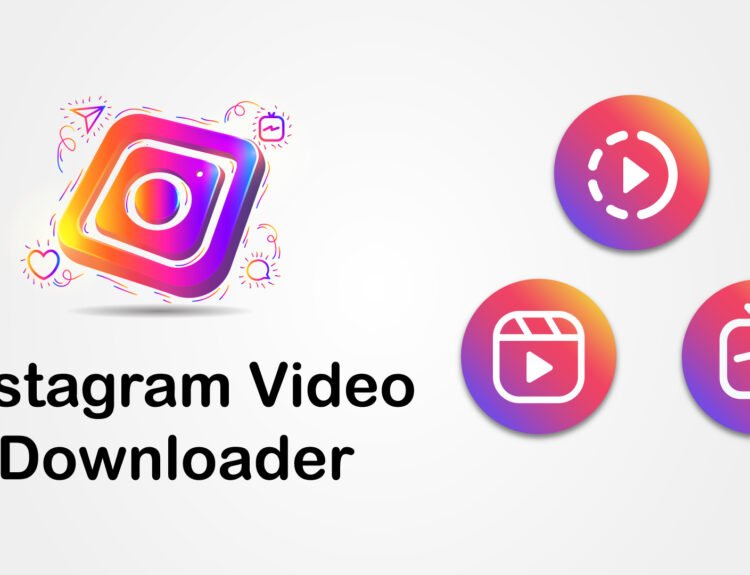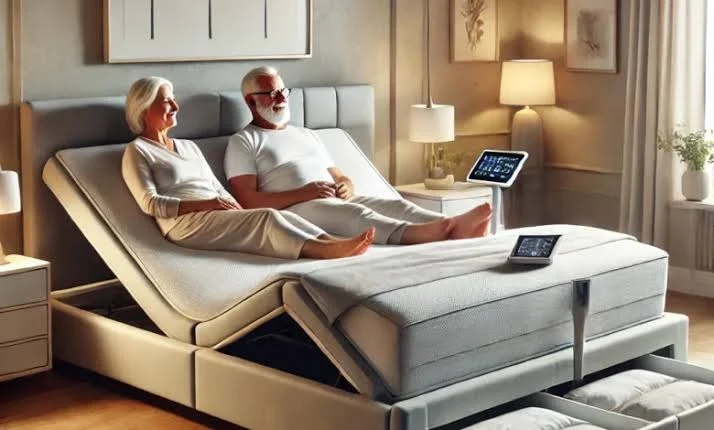In today’s digital world, it’s easy to forget the power of a physical business card. But nothing beats the impact of handing over a sleek, modern card that represents your brand. Whether you’re just starting your business or looking to refresh your current brand image, you can print my own business card free with a modern, professional look without breaking the bank.
Thanks to online tools and easy-to-use software, creating your own business card has never been easier, even for those with no design experience. In this guide, we’ll walk you through the entire process of designing and printing your own business cards for free while maintaining a polished, professional appearance.
- Why Business Cards Are Still Important in the Digital Age
- Step 1: Choose the Right Platform for Designing Your Business Card
- Step 2: Choose a Business Card Layout and Template
- Step 3: Add Your Details and Personalize the Design
- Step 4: Consider Your Card's Finish and Paper Type
- Step 5: Print Your Business Cards for Free
- Conclusion: Bringing It All Together
Why Business Cards Are Still Important in the Digital Age
In an era where everything is online, you might wonder if business cards are still relevant. However, a well-designed card can leave a lasting impression. It’s tangible and serves as a reminder of your interaction. Handing someone your card can also be a great conversation starter, which digital connections simply can’t match.
Business cards are also practical for networking events, conferences, or even everyday encounters when you need to share your details quickly and effectively. A physical card that you hand over makes a stronger impression than a quick LinkedIn connection or a shared email address.
Step 1: Choose the Right Platform for Designing Your Business Card
Before diving into the design process, the first step is to find the best free design tool. Several platforms can help you create a professional business card, even if you have no design experience. Some of the best free options include:
- Canva: This is a popular tool for its ease of use and variety of templates. You can customize templates to suit your style, and it offers many free features.
- Vistaprint: While Vistaprint is primarily known for printing services, they also offer free templates that allow you to design and download your card.
- Adobe Spark: For those looking for a little more flexibility, Adobe Spark offers powerful design tools with a simple interface.
- Crello: Similar to Canva, Crello provides customizable templates for business cards and an easy-to-navigate design process.
Pick a platform that suits your needs and comfort level. Don’t worry, most of these tools come with pre-designed templates, so you don’t need to start from scratch.
Step 2: Choose a Business Card Layout and Template
Once you’ve selected your design platform, it’s time to choose a layout. A business card is small, so you need a design that conveys all the necessary information in a compact, organized manner.
Consider these layout options:
- Standard Business Card: The classic 3.5 x 2-inch card. This layout offers space for your name, title, contact details, and company logo.
- Vertical Business Card: Instead of the traditional horizontal card, a vertical design can help your card stand out in a stack.
- Double-Sided Card: If you need more space, opt for a double-sided card. You can place your contact details on one side and your logo or additional information on the other side.
Don’t rush the process- choose a layout that best represents you and your business. Remember, the goal is to appear professional and easy to contact.
Step 3: Add Your Details and Personalize the Design
Now comes the fun part-personalizing your business card! This is where you’ll make the design truly yours. Here’s what to include:
- Name and Title: Your name is the most important part of your card, so make sure it’s large and clear. Include your job title or business role as well.
- Contact Information: This typically includes your phone number, email address, and website. Some people also add social media handles if they use them professionally.
- Company Logo: If you have a company logo, this is a great place to include it. A logo reinforces your brand identity and helps make your card memorable.
- Tagline or Short Description: A short description of what your business does can help clarify what you offer, especially if your title or business name isn’t self-explanatory.
- Colors and Fonts: Choose colors that reflect your brand’s identity. Stick to 2-3 colors to keep the design cohesive. Similarly, choose fonts that are easy to read, such as sans-serif fonts for a modern look.
- Professional Photo (Optional): Some business owners like to include a professional headshot, especially if you’re in a people-oriented field like real estate or personal coaching.
Step 4: Consider Your Card’s Finish and Paper Type
Choosing the right paper and finish can make a huge difference in how your business card feels and is perceived. The feel of the card plays a significant role in the overall experience.
- Matte Finish: This finish gives your card a smooth, non-glossy look, which is perfect for a more sophisticated, modern style. It also makes writing on the card (such as jotting down notes) much easier.
- Glossy Finish: If you want to make a bold statement, a glossy finish can make your colors pop and give your card a shiny, high-end appearance.
- Textured Paper: For a unique, tactile experience, choose a textured paper. This adds a layer of luxury and makes your card stand out.
Many free tools offer suggestions on paper types, but once you decide, it’s important to select a print shop that can deliver the best quality for your chosen finish.
Step 5: Print Your Business Cards for Free
Once you’ve completed your design, it’s time to print your business cards. The great news is that several online platforms allow you to print your business cards for free, or at a minimal cost. Here are some options:
- Canva: Canva allows you to design a business card for free, but they also offer a paid option for printing. If you decide to print elsewhere, you can download your design as a high-resolution PDF.
- Vistaprint: Vistaprint is a well-known printing service that provides discounted rates for first-time users. They often run promotions that allow you to print cards at a low cost.
- Avery: Avery offers free downloadable templates that you can use to print your business cards at home using your own printer.
If you’re printing at home, make sure you use high-quality paper. Standard printer paper won’t do your design justice. You’ll want to invest in card stock that’s thick enough to feel sturdy but not too thick that it’s difficult to print on.
Conclusion: Bringing It All Together
Designing and printing your own business cards for free is entirely possible with the right tools and resources. By choosing the right design platform, personalizing your card, and printing with quality materials, you can create a modern, professional business card that leaves a lasting impression. Whether you’re a freelancer, entrepreneur, or someone looking to update their personal brand, this step-by-step guide ensures that you’ll stand out in a crowd.
Print my own business cards free with a modern, professional look doesn’t have to be complicated. With these tools, you can craft a business card that showcases your style, professionalism, and creativity-all without spending a dime.



